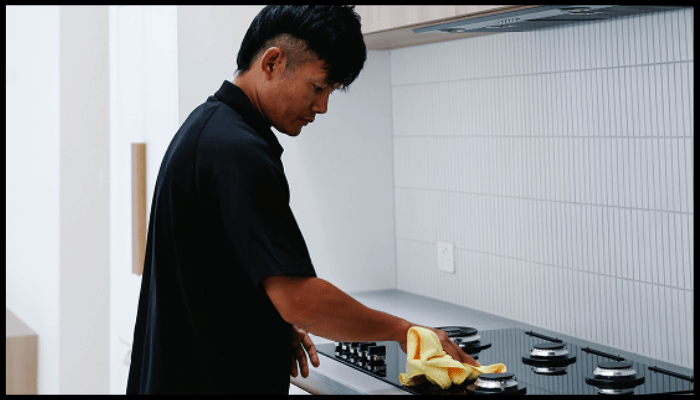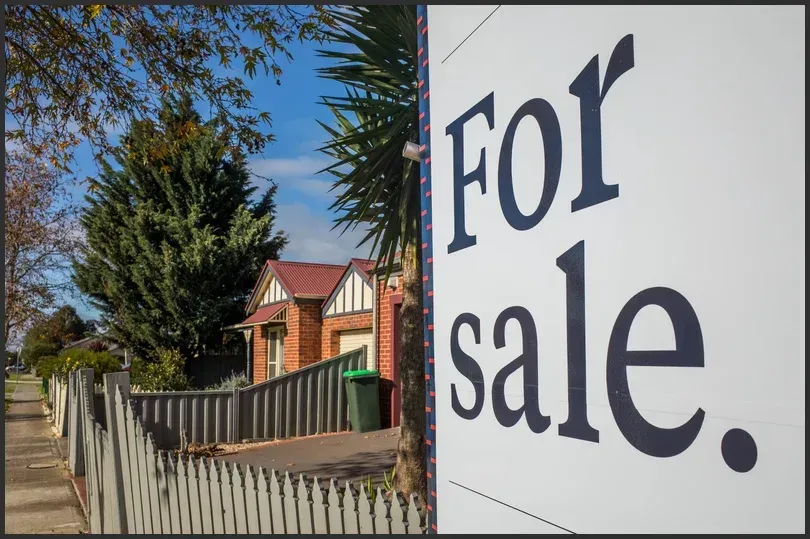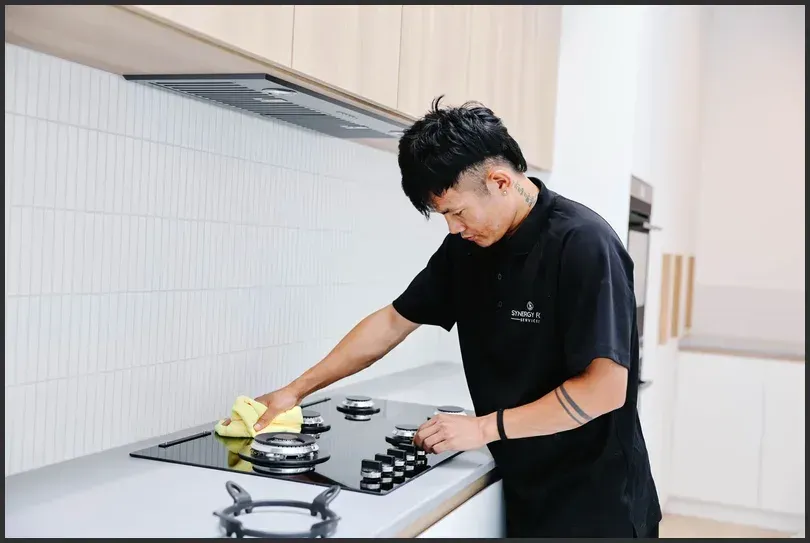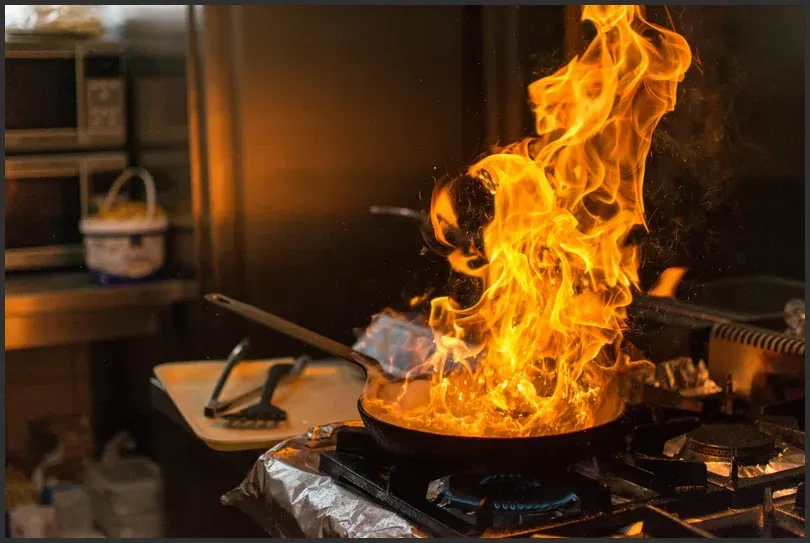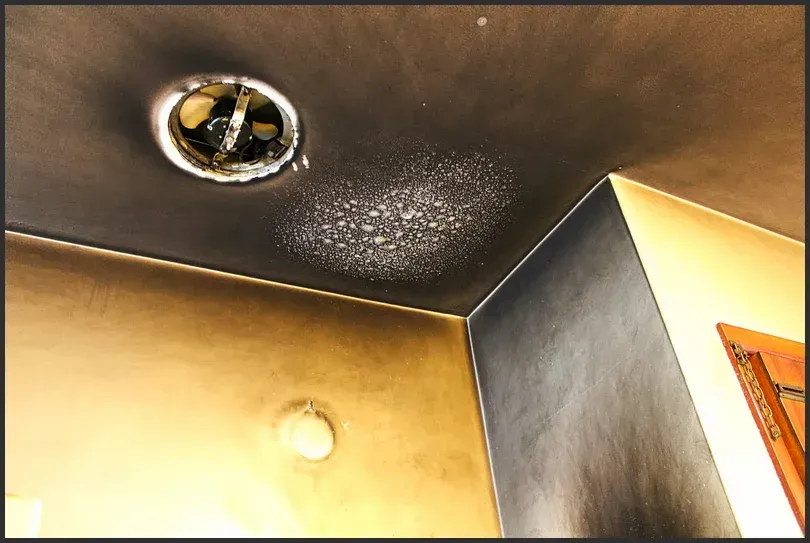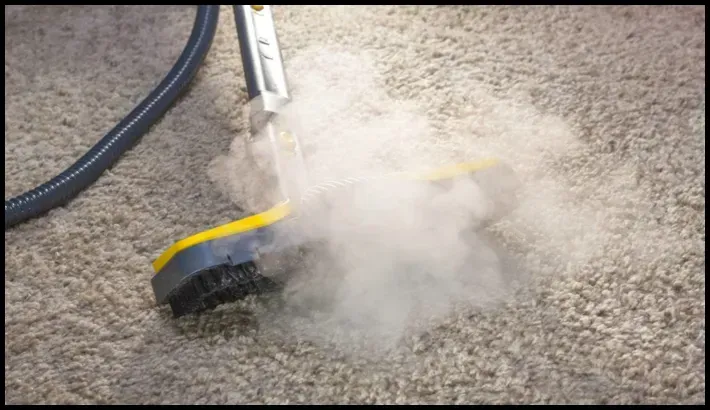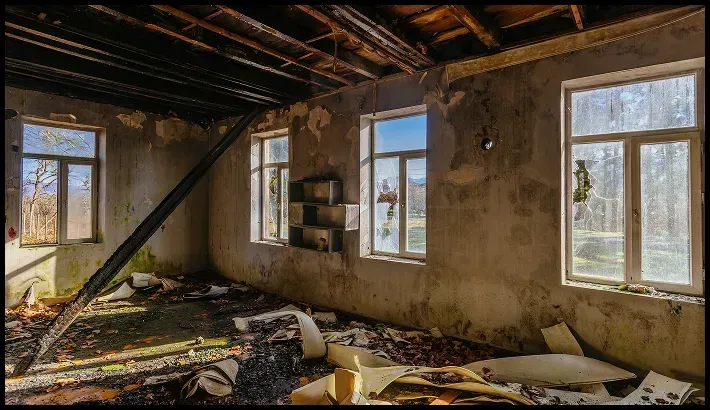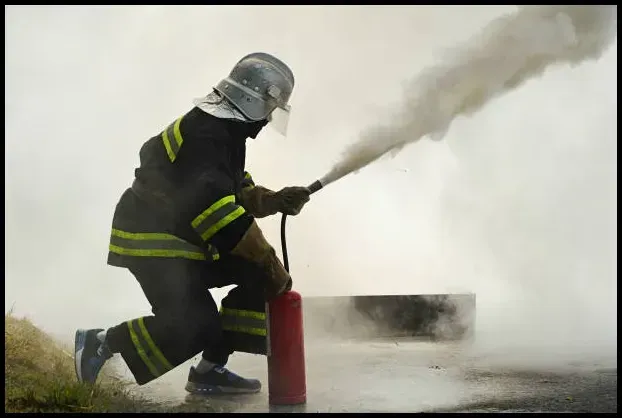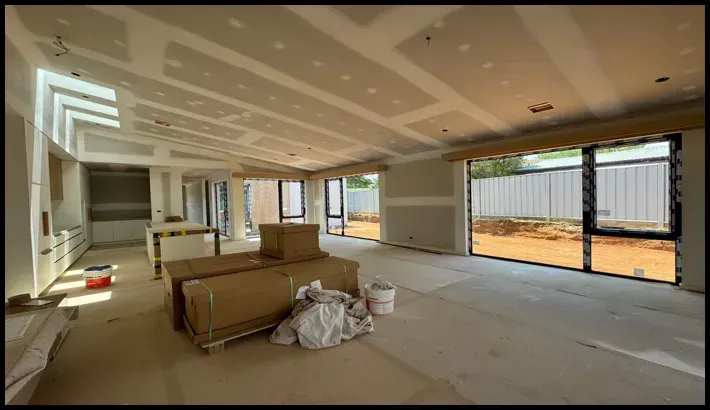What you need to know before becoming a mould hygienist
What You Need To Know Before Becoming A Mould Hygienist
Table of Contents:
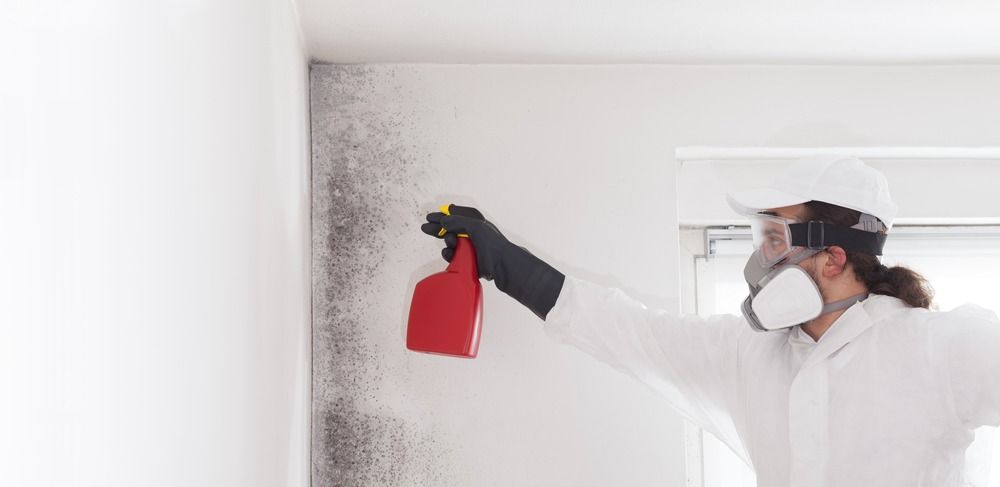
With
Canberra’s unpredictable climate, including a freezing and wet winter, a mould hygienist can help address toxic mould problems common in many homes.
Many locals have seen mould grow unnoticed behind wall cavities and in hidden corners out of sight.
You cannot tackle a mould problem with just a household cleaner. Well, you cannot fight a storm with a broom.
Similarly, you need an expert to properly remove mould and keep your home safe and free from health issues.
So, if you are interested in
learning more about mould, and how you can help clients remove mould from their homes, this article will teach you what is involved in choosing this specialised field.
Health Risks of Mould Exposure - An Overview
Visible mould infestation is beyond a cosmetic issue.
That spot on the wall could even make you sick! Breathing in mould spores might be the reason behind your excessive sneezing or throat infection.
It can even make your asthma symptoms worse. So, getting it dealt with quickly is essential to avoid respiratory issues.
If you're facing severe contamination, consider expert
fire and smoke restoration
to ensure a safe, clean environment.
Common places where mould grows
One thing common to bathroom mould, basement mould, and mould around window frames is that these spores love areas with water damage.
They can even infest areas that you don't see, like behind walls or under floors.
Qualifications and Training
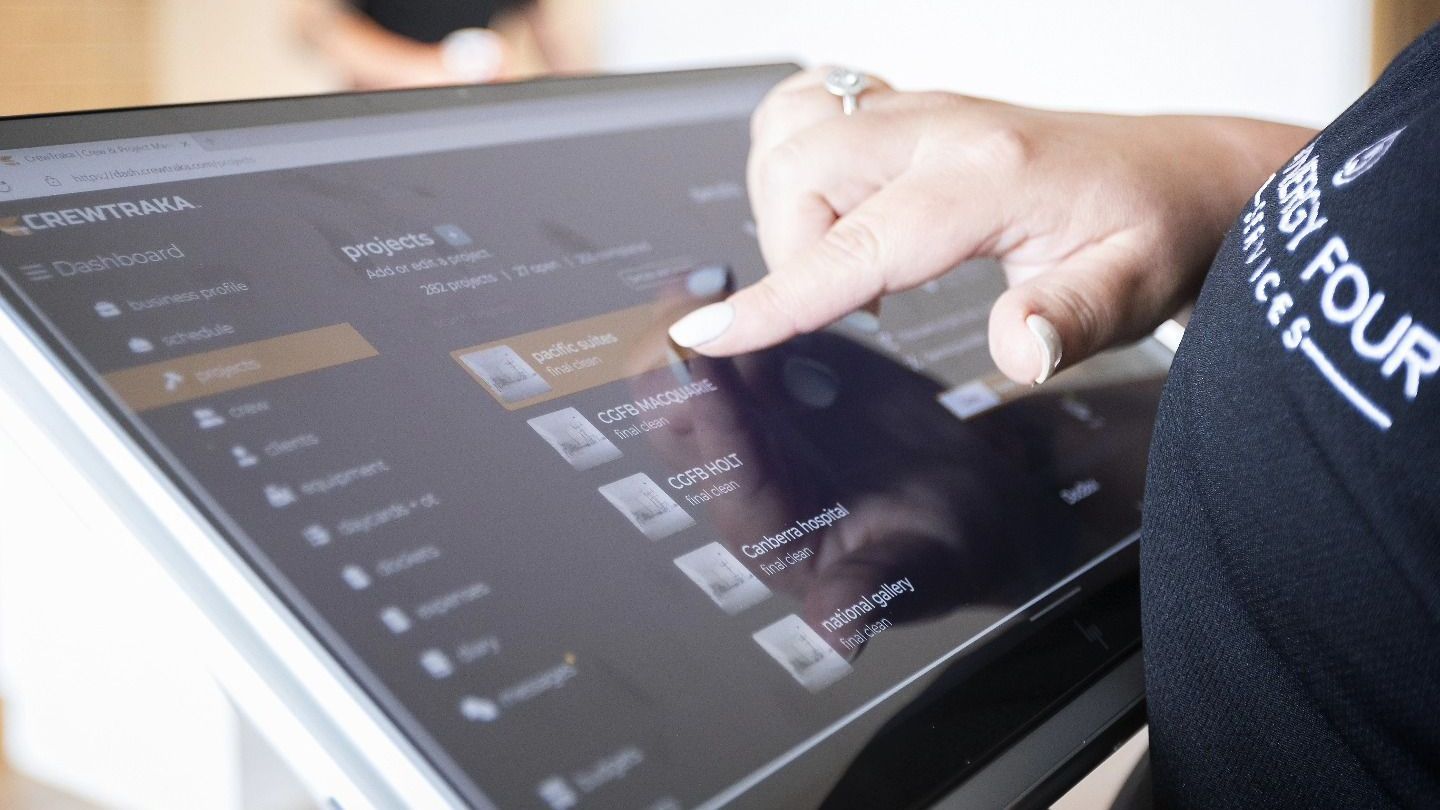
Essential Skills for Mould Hygienists
Mould hygienists are experts who know all about the common causes of mould. They need to be good at spotting the presence of mould, understand how it grows, and know the best ways to clean it up. They also need to know how to protect people from mould's health risks.
Certification Programs
Mould hygienists get special training and certification as indoor environmental professionals. Their credentials show they know their job and can successfully handle mould problems.
Job Training
Mould hygienists continue to learn on the job even after certification. They gain experience working with different types of mould species, gain expertise in safer mould sampling, and determine the best ways to perform sample analysis for effective remediation (mould removal).
Tools and Equipment Used by Mould Hygienists
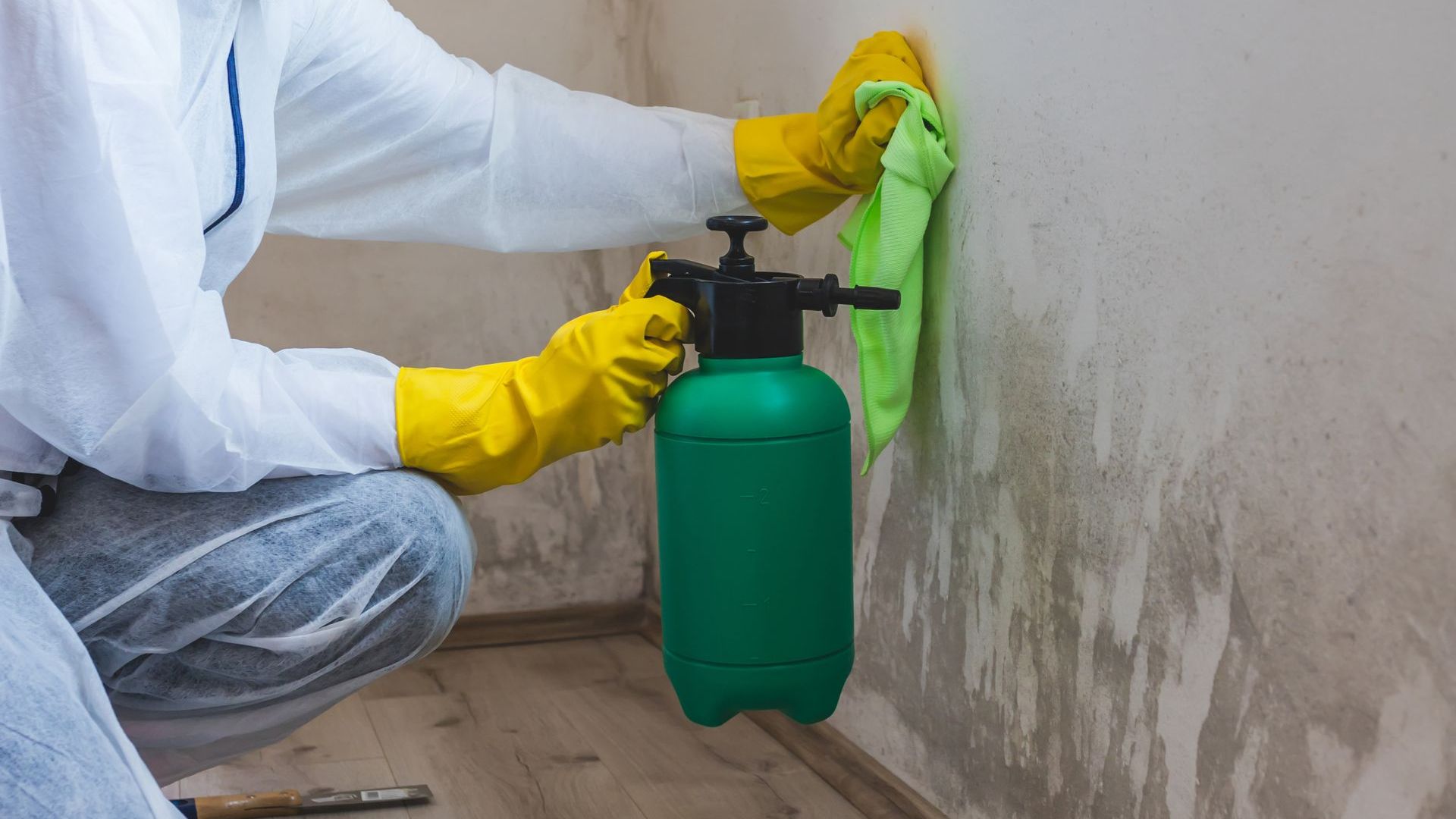
Protective Gear
Remediation contractors wear protective gear to stay safe from airborne mould spores. They wear masks to avoid breathing in mould and protective gloves to avoid touching the spore trap, which is surprisingly a common thing to see in Canberra.
Cleaning Solutions
They use high-quality cleaning solutions that kill mould and help remove it. These solutions are more robust than regular cleaners and work better on stubborn
mould damage.
Mould Testing Tools
A mould expert uses tools to assess the areas where mould might be hiding comprehensively. This helps them determine the severity of the mould problem and the right solution.
How Do You Become A Mould Hygienist
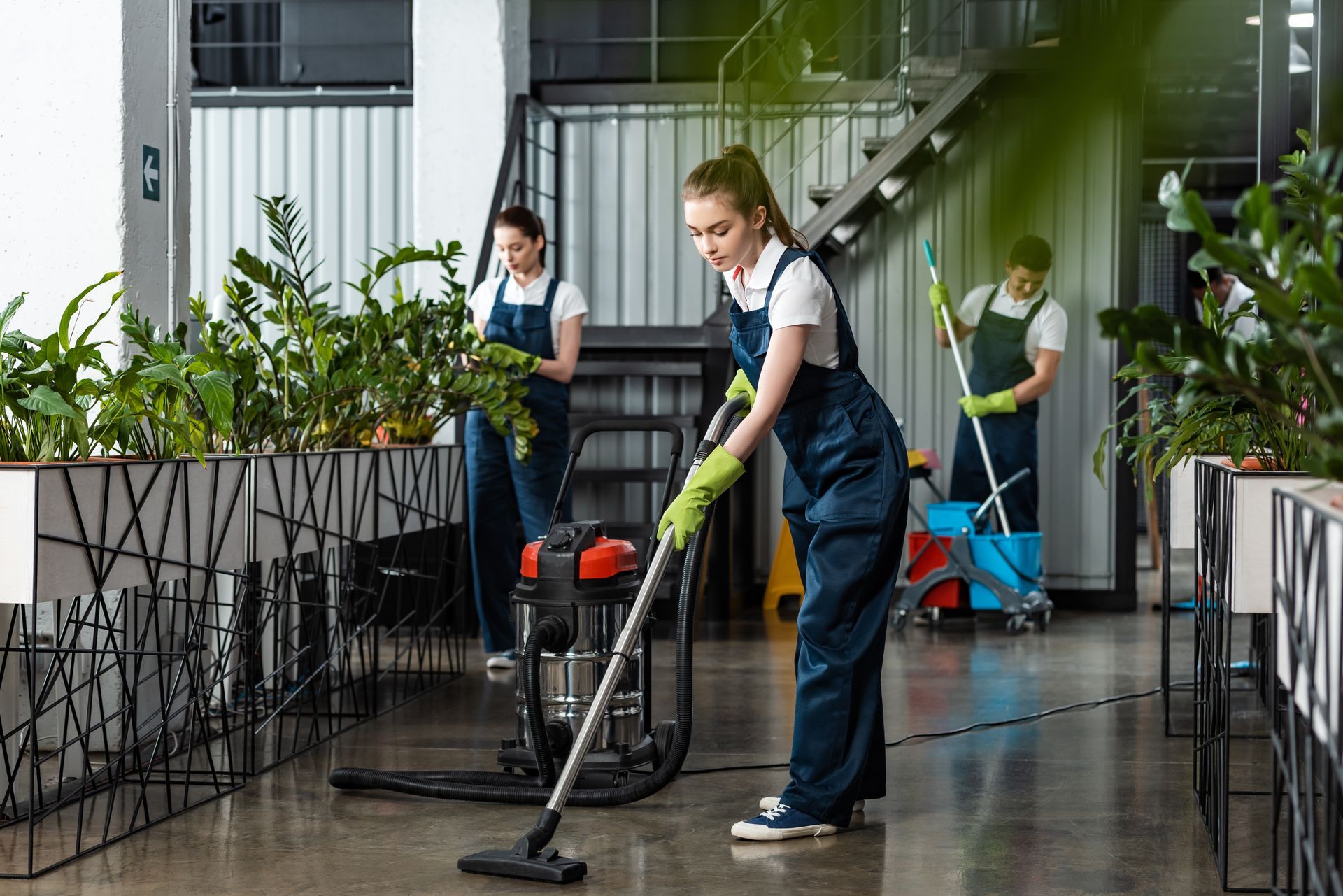
Step 1: Education and training
Mould hygienists take courses related to mould and environmental health.
Step 2: Gain Practical Experience
Occupational hygiene experts do internships to gain hands-on experience for risk assessments. Working with professionals helps them learn to perform safe visual inspections of tricky mould problems.
Step 3: Get certification
Certification proves their training and efficacy in working as a mould hygienist.
Step 4: Stay Updated with Industry Standards
Mould removal techniques and safety standards change over time, so hygienists must keep learning to remain effective in remediation verification.
Day in the Life of a Mould Hygienist
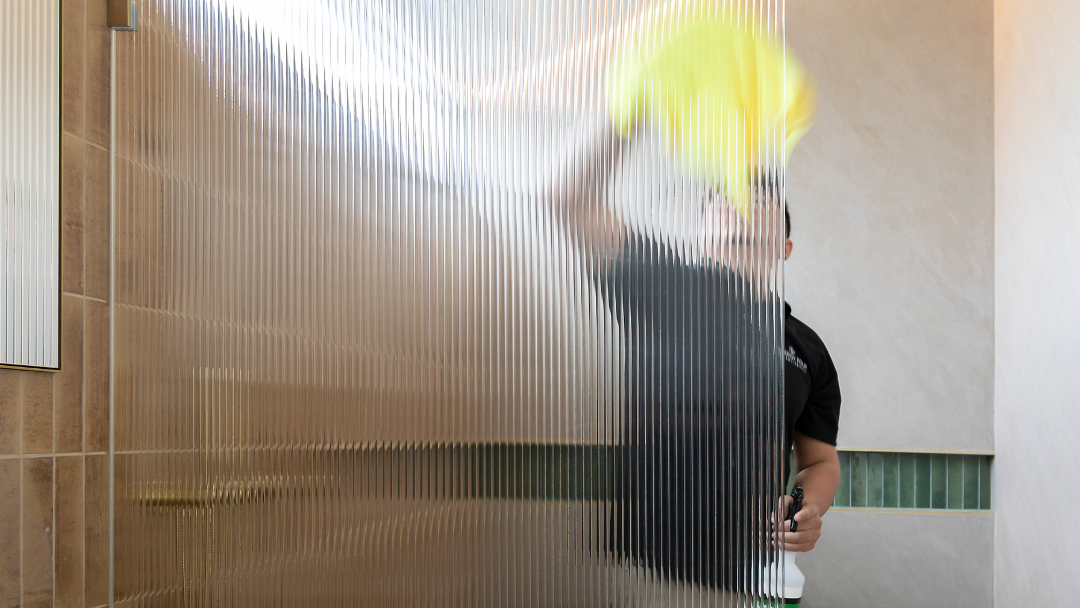
Job Responsibilities
Their usual day at work begins with mould assessment and cleaning. They ensure the mould doesn't come back and talk with homeowners to explain the mould remediation plan.
Challenges Faced
Hygienists might deal with tough-to-reach mould or tricky situations where mould keeps returning. However, their training helps them safely handle hazardous materials.
Best Practices for Mould Remediation

Assessing the Mould Situation
The remediation process starts by carefully inspecting the area. They test for mould issues and determine what needs to be done.
Mould Containment
Containing the area stops mould from spreading. Experts seal off the space to keep mould spores from moving to other parts of the home.
Proper containment is a key step in
residential cleaning services to maintain a healthy indoor environment."
Thorough Cleaning and Removal
Mould hygienists use special cleaners to remove the mould. They clean thoroughly to remove all the mould and prevent it from returning.
Final Check
Mould hygienists perform multiple tests to make the area safe and free from mould.
Career Opportunities
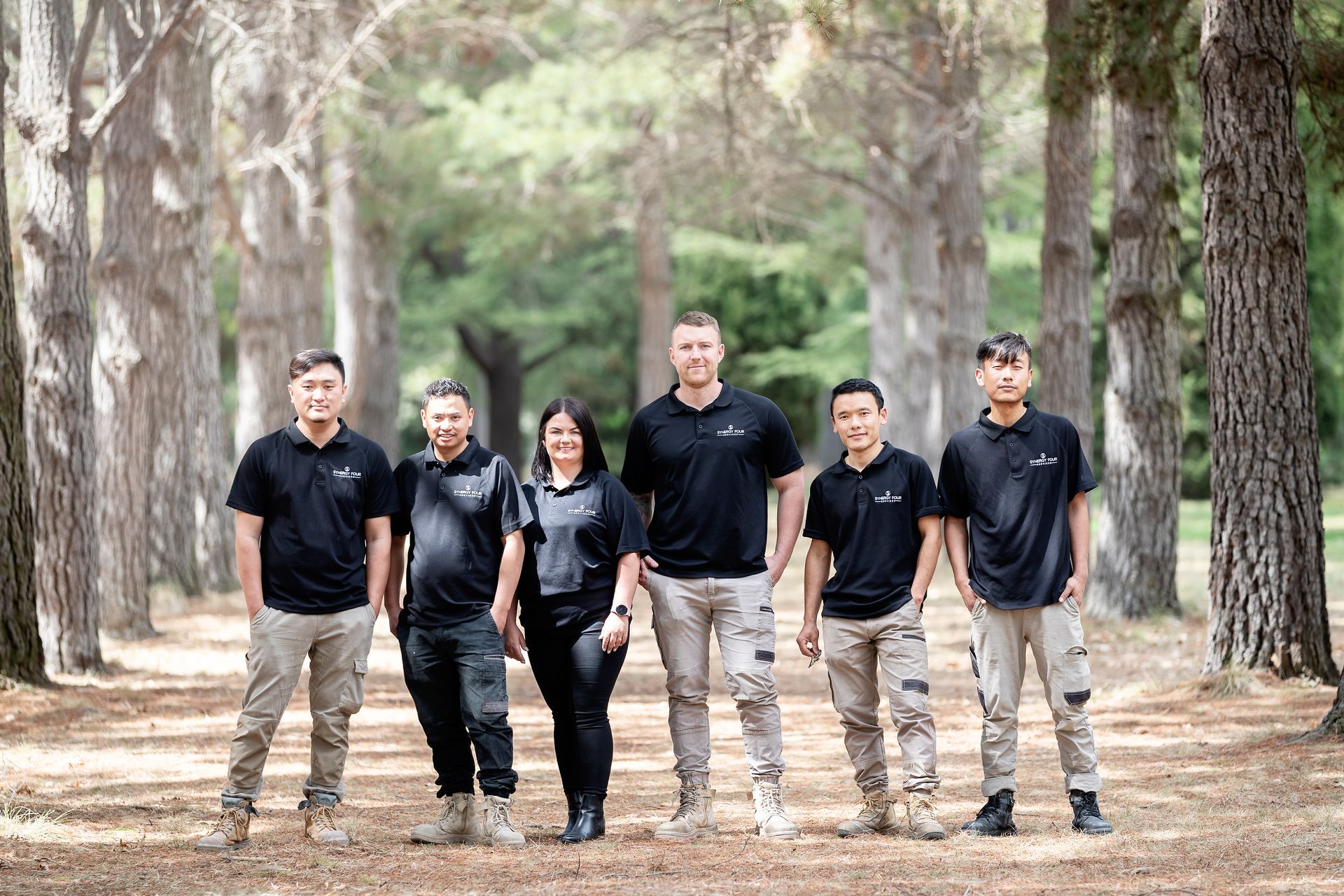
Job Market Overview
Mould hygienists are in demand because many homes and buildings need mould removal. The job market is growing because people are now aware of mould's health concerns.
Potential Employers
Mould hygienists can work for specialised mould removal companies and environmental health agencies or start their IICRC-certified businesses.
Career Growth and Specialisation
Mould hygienists can specialise in areas like industrial mould removal or consulting. Speak to an expert
mould removal company
to see if there are any upcoming job opportunities.
Conclusion
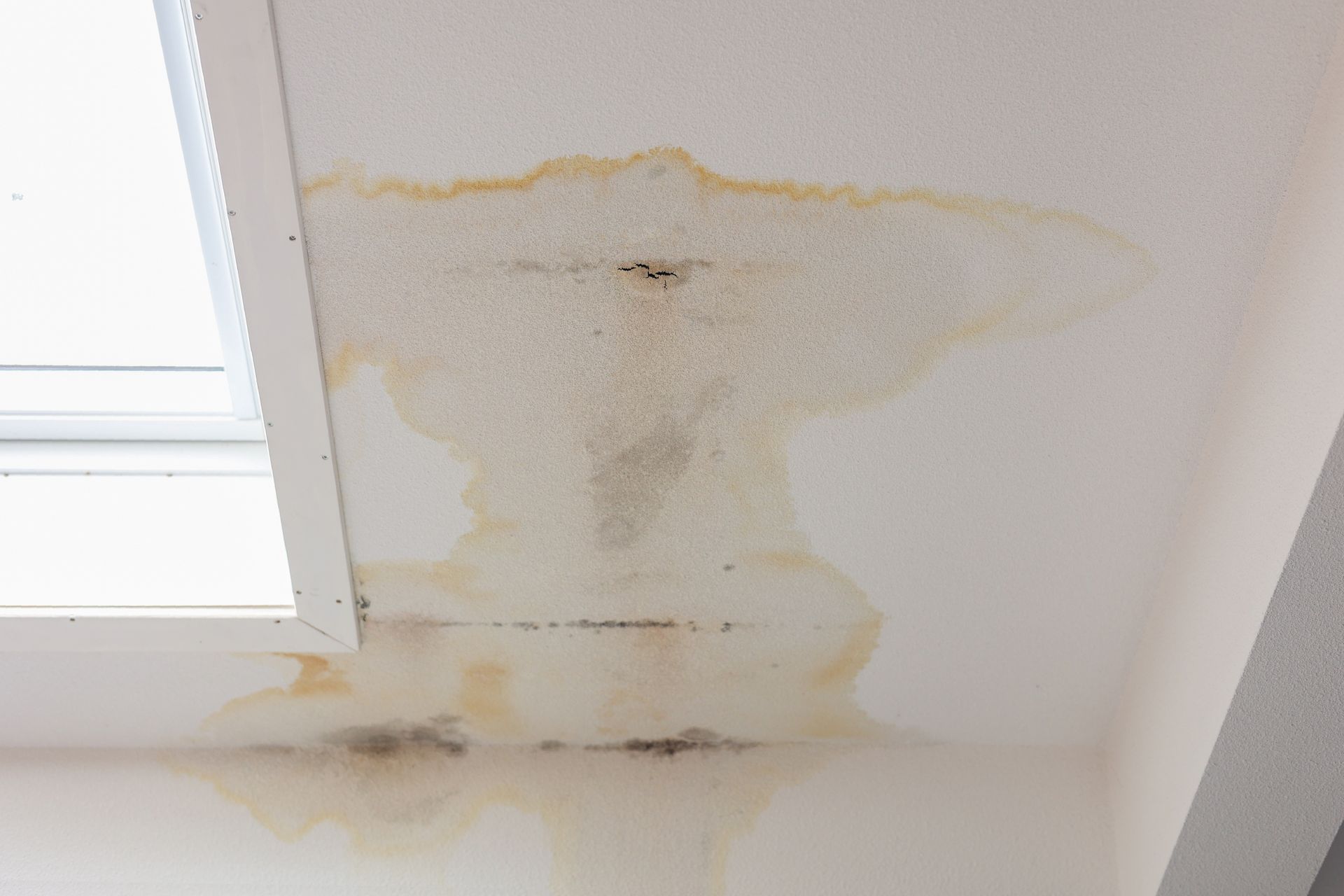
The value and worth of good mould hygiene
Hire a professional mould hygienist to keep your home safe and protect your loved ones against health problems. These experts have the skills, tools, and training for mould handling.
Future trends in mould hygiene
In the future, more advanced tools and techniques will be utilised to speed up air sampling and mould removal. Know the current trends and insurance claim processes to keep your home mould-free.
FAQ
What is the cost of mould testing?
The size of the area and type of tests used determine the cost of mould testing. For better estimates, you can get a free quote from a professional.
Is it safe to sleep in a room after cleaning mould?
Sleep with absolute peace after professional mould removal. The room should be completely dry and checked by a professional to be sure no mould remains.
What do professionals use to clean mould?
Professionals use powerful cleaning solutions specifically formulated to eliminate and remove mould. They also rely on specialised equipment to thoroughly clean and eradicate mould from affected areas. For example, a DJ in Canberra discovered mould inside his DJ controller caused by trapped moisture. This highlights the importance of regularly inspecting and cleaning your surroundings to prevent mould buildup before it poses a serious health risk. Regular maintenance can help catch these issues early, ensuring a safer environment.
How do you identify mould sickness?
Mould exposure can cause respiratory infections, breathing issues, and weaken the immune system, especially in vulnerable individuals.
How long do mould spores remain present after treatment?
Mould spores may linger for a short time after treatment. Proper ventilation and air conditioning can help clear them out.
How long should you wait before returning to a room after mould treatment?
Avoid entering the space for a few hours after mould cleaning. This will make it fully dry and free of any lingering mould spores.
How quickly does mould grow back after cleaning?
Mould can grow back in a few days if the area keeps trapping moisture.
Does an air purifier perform well for mould removal?
If you plan to get an air purifier, get one with high-performing filters. These filters can remove mould spores and improve indoor air quality, a solution often recommended by a Mould Hygienist.



